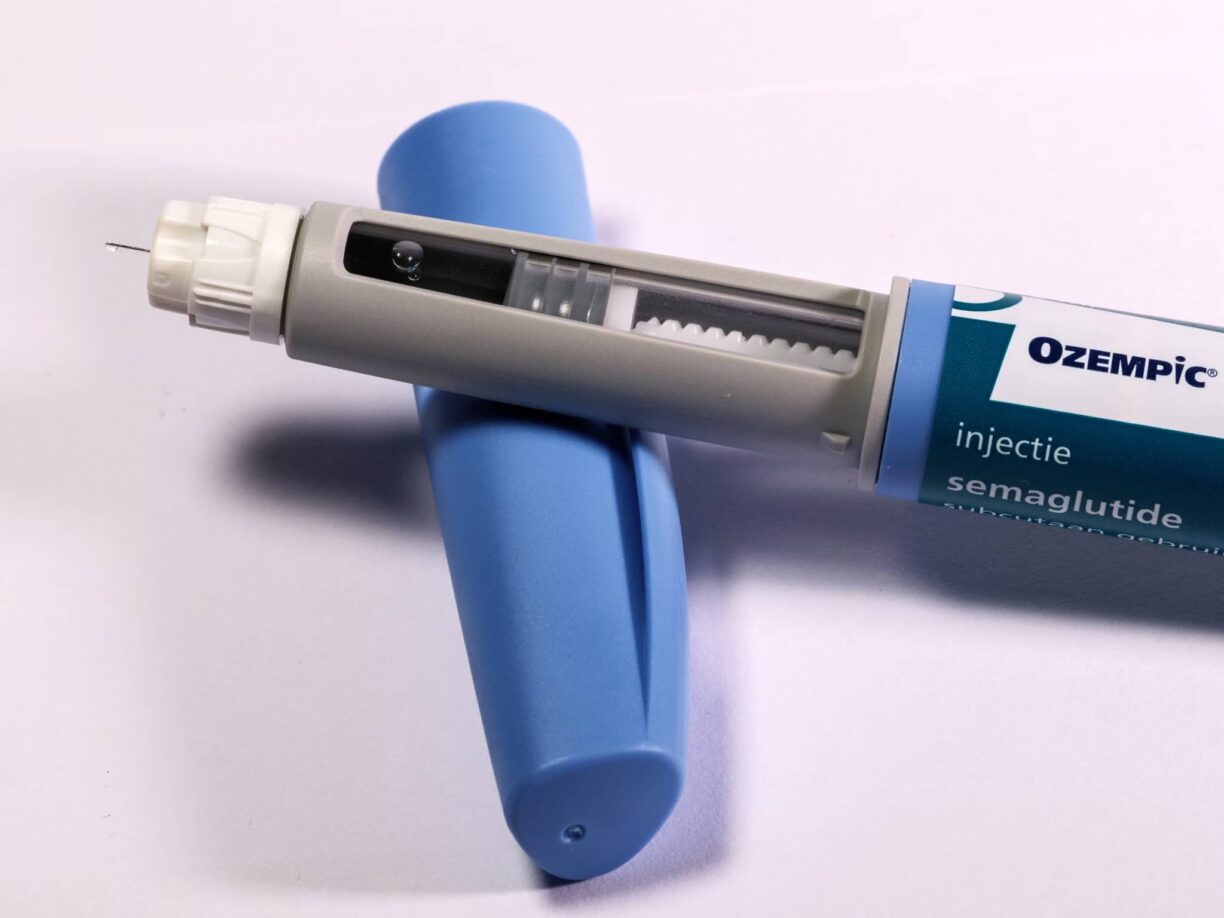Undergoing a hairline transplant is a significant decision that can dramatically improve one’s appearance and self-esteem.
However, the key to a successful and safe hair restoration journey lies in selecting the right surgeon.
This article emphasizes the importance of choosing a qualified and experienced surgeon to ensure a health-focused hairline transplant experience, underlining that the decision should not be taken lightly as it involves intricate surgical processes and a deep understanding of aesthetic harmony.
Understanding Hairline Transplant Procedures: The Foundation of Informed Decisions
Before delving into surgeon selection, it’s crucial to understand what a hairline transplant entails.
This surgical technique involves transferring hair follicles from a dense area to the hairline region, requiring precision and expertise to achieve natural-looking results.
The process, known as Follicular Unit Extraction (FUE) or Follicular Unit Transplantation (FUT), demands not only technical skill but also an artistic eye to ensure the new hairline looks natural and complements the patient’s facial features.
Understanding the nuances of these procedures helps patients set realistic expectations and engage in informed discussions with potential surgeons.
Researching Surgeon Credentials: Verifying Qualifications and Experience
The first step in choosing the right surgeon is to research their credentials. Look for board-certified surgeons specializing in hair restoration.
Board certification is a testament to the surgeon’s training, skills, and commitment to patient safety.
It’s essential to verify that the surgeon has undergone the rigorous training required to perform hair transplant surgeries safely and effectively.
Furthermore, a surgeon’s affiliation with reputable medical associations can provide additional assurance of their commitment to staying abreast of the latest advancements in hair restoration techniques.
Evaluating Surgeon’s Portfolio: Assessing Before and After Results
A reputable surgeon should have a portfolio of before and after photos that showcase their work.
Evaluating these results can provide insight into the surgeon’s aesthetic judgment and ability to deliver natural-looking hairlines.
This visual evidence is crucial for assessing the consistency and quality of the surgeon’s outcomes across a diverse range of cases.
It offers prospective patients a tangible way to gauge potential results and set achievable goals for their own procedures.
Reading Patient Reviews and Testimonials: Gaining Insights from Previous Experiences
Patient reviews and testimonials are invaluable resources for understanding the surgeon’s approach to patient care and satisfaction.
Look for feedback on the surgeon’s communication, care quality, and overall patient experience.
These firsthand accounts can highlight the surgeon’s strengths and areas for improvement, offering a more nuanced view of what future patients can expect.
Positive reviews often reflect a surgeon’s dedication to patient satisfaction and can help build trust before the first consultation.
Prioritizing Health and Safety Protocols: Ensuring a Safe Surgical Environment
A top priority when selecting a surgeon is their adherence to health and safety protocols.
Inquire about the surgical facility’s accreditation, sterilization practices, and the measures taken to prevent complications during and after the procedure.
The surgeon’s commitment to utilizing state-of-the-art technology and following stringent safety measures is crucial for minimizing risks and ensuring optimal outcomes.
A well-equipped facility underscores the importance of patient safety in the surgeon’s practice.
Personal Consultation: Assessing Compatibility and Communication
Scheduling a personal consultation with the surgeon is crucial. This meeting allows you to discuss your goals, ask questions, and assess whether the surgeon’s vision aligns with your expectations.
It’s also an opportunity to evaluate the surgeon’s communication style and willingness to address concerns.
The consultation is a pivotal moment where patients can feel heard and understood, which is essential for a successful partnership between surgeon and patient.
It provides a platform to clarify any doubts and gain a comprehensive understanding of the procedure, recovery, and expected results.
Understanding the Approach to Hairline Design: Tailoring the Procedure to Individual Needs
Every individual has a unique facial structure, requiring a customized approach to hairline design.
The right surgeon will consider your facial features, age, and hair characteristics to create a hairline that complements your overall appearance.
This personalized strategy ensures that the hairline looks natural and harmonious with the patient’s unique attributes, rather than applying a one-size-fits-all approach.
A nuanced understanding of aesthetics is essential for achieving results that enhance the individual’s natural beauty and confidence.
Aftercare and Follow-up: Commitment to Post-operative Care
Post-operative care is as important as the procedure itself. Ensure that the surgeon provides comprehensive aftercare instructions and offers follow-up appointments to monitor your recovery and the success of the transplant.
These follow-up visits are crucial for assessing the healing process and ensuring that the patient is satisfied with the outcome.
A surgeon’s commitment to post-operative care reflects their dedication to patient well-being and long-term satisfaction.
A Choice That Impacts Your Health and Results
Choosing the right surgeon for a hairline transplant is a decision that significantly impacts your health, safety, and satisfaction with the results.
By prioritizing qualifications, experience, safety protocols, and a personalized approach, you can select a surgeon who is committed to delivering a safe and effective hair restoration experience.
Remember, a successful hairline transplant not only enhances your appearance but also boosts your confidence, making the selection of a qualified and caring surgeon paramount.
This careful selection process is essential for ensuring a positive transformation that aligns with your aesthetic goals and promotes a sense of well-being.





